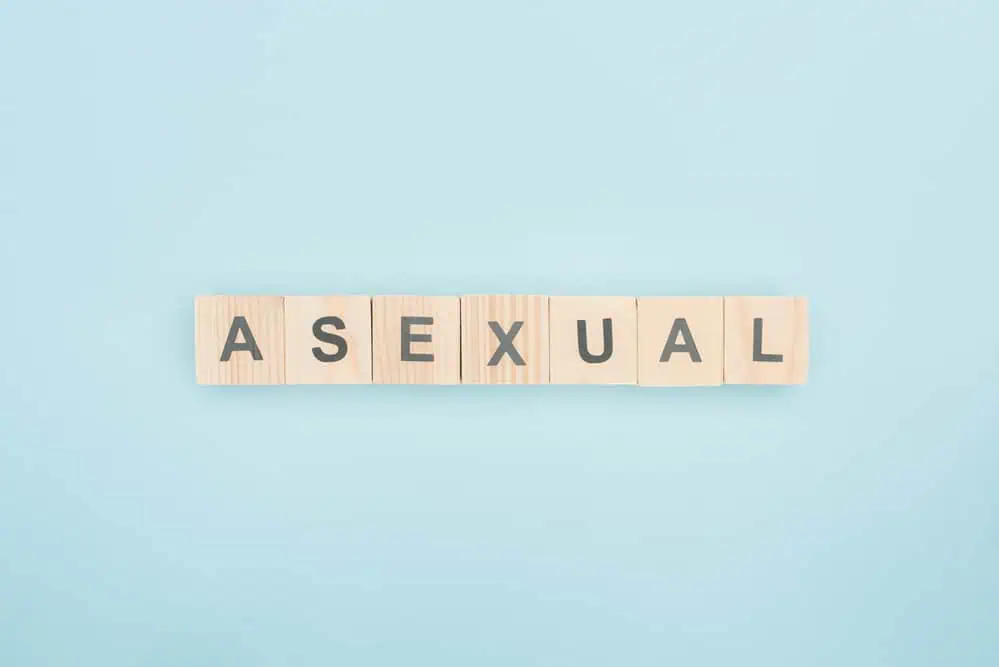
Busting Five Myths About Asexuality
Happy Pride Month! Though Pride will necessarily be different this year, I hope those of you who are LGBTQ+ find meaningful ways to celebrate.
What does the ‘A’ in LGBTQ+ stand for, anyway? Some people think it means “ally.” It actually stands for an often overlooked part of the queer community: asexuals and aromantics. Let’s focus on asexuals today and examine five common myths around asexuality.
Myth: Asexuals Don’t Exist
Asexuals—people who lack sexual attraction—make up one percent of the population. Those statistics may be even higher, as many people still don’t know about asexuality. Last year I explained asexuality to one of my best friends, who responded, “Hey, that describes me!” Another friend reports coming out as ace (short for asexuality) to her 70-year-old mother who said, “Oh! I think I’m asexual too!” Another friend thought he was straight for years until a painful breakup helped him realize he was on the asexual spectrum. There are likely more people who feel different but don’t have the vocabulary to explain why.
Myth: Asexuals are all Alike

A common misconception is that asexuals have no interest in relationships or sex and never experience sexual desire or attraction. While that may be true for some, like asexual aromantics, there is a lot of diversity in how people experience and express attraction. Some may be almost completely asexual except for a few moments of sexual attraction in their life. Others can be demisexual, meaning they only experience sexual attraction once they form an emotional connection with someone.
Myth: Asexuals Don’t Date
Asexuality is not the same as being aromantic, which is when someone lacks the desire to form romantic relationships with others. One friend described her asexuality as wanting to have close friendships and maybe even a romantic relationship. But she has zero interest in doing anything physical beyond cuddling.
A lack of desire to have sex or romance in their lives has no effect on their gender expression or who they prefer to date. Asexuals can be any gender or sexual orientation—lesbian, gay, bisexual, queer, straight, transgender, intersex, nonbinary or cisgender.
Myth: Asexuals Don’t Have Sex

If you are asexual, it’s important that your partner work within your boundaries when engaging in any intimate activity. Let your partner(s) know your needs and preferences and what sexual consent means to you. Talk about how you can work with each other’s preferences in ways that will satisfy you both.
Myth: Asexuals Don’t Masturbate
Some asexuals who don’t like sex still masturbate to relieve physical needs and may use sex toys. One of my ace friends masturbates frequently as part of her self-care routine. She says her sex drive feels like an uncomfortable build-up of energy that she needs to occasionally relieve, on par with going to the bathroom. Afterward, she feels a deep sense of relief and lessened tension but not pleasure.
Of course, not all asexuals feel this way. People closer to the asexual end of the spectrum may have zero interest in sex toys or touching themselves intimately.
Conclusion
Asexuals make up over one percent of the population. People’s sex drives, willingness to have sex, and their enjoyment from sex all vary. Some asexuals have sex and use sex toys. and some desire to have romantic relationships.
By better appreciating the diversity of the asexual spectrum, we also acknowledge the fascinating range of our own sexual and romantic selves. Understanding our differing levels of sexual attraction and romantic interest ultimately fosters increased self-awareness and self-acceptance for everyone, under the rainbow and beyond.
[w153_th_products title=”Best Selling Items” orderby=”bestsellers” categories=”toys” count=”12″]

